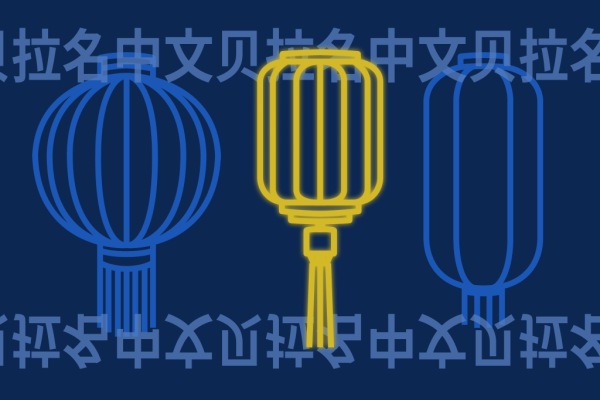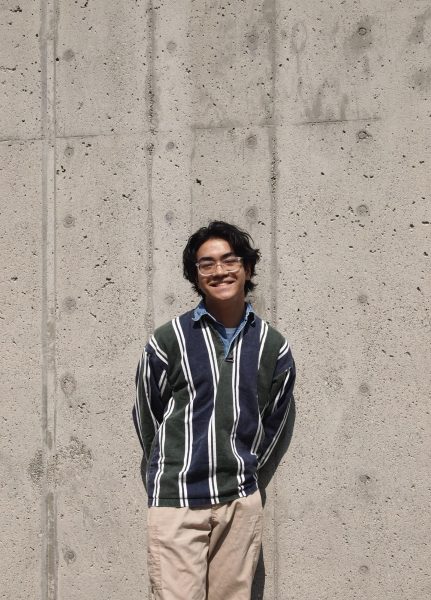As English speakers, we have the privilege of communicating via the most written and spoken language in the world, shared by 1.4 billion other people. But, when we’re told to pursue another language in our studies, most of us select Spanish, the fourth most common language in the world, or French, the fifth most. Aptly, Bellarmine offers these two curricula in all four levels, in addition to the AP course for Spanish-learning students. But, what about the second most common language? Bellarmine offers that as well, but it still has much popularity to gain.
Mandarin Chinese (普通话 pǔtōnghuà), a language shared by 1.1 billion people, is typically omitted when following the foreign language pipeline in high school. There are numerous reasons we prefer Spanish at Bellarmine; some take it because they did in middle school, some for personal or cultural reasons, and some for the reliable AP track and abundance of teachers. But, the most likely candidate is the simplest one: Mandarin is difficult. Many intricate pictographs, tonal shifts, and grammatical structures are all characteristic of this cluster of Sinitic dialects. In combating the learning curve that distances Mandarin from Latin-based languages, teacher Summer Shen 沈老师 shared her intentions with creating a language curriculum that surpasses thinking linguistically—to her, thinking culturally is what makes studying Mandarin so special.
“You cannot divide language and culture,” expressed Shen. This principle has guided the four-year Mandarin curriculum, as students study character structures and inflective pronunciation while practicing performances such as the lion dance or songs such as Jasmine Flower. For Shen, “culture is a big part of language…[Chinese speakers] have a very different writing system that is closely related to China’s history and has been for many years”. Of course, some may not consider the global prevalence of a language when choosing one to study. But, ultimately, “you choose a language based on who you want to communicate with. That is a choice you make,” said Shen. If we make this choice with haphazard discernment, we may approach foreign language with the wrong attitude. I asked Mandarin 1 student Roxy Popa B’27 how she approached it.
“I’m experiencing China all at the same time”. While acknowledging the academic rigor and employment opportunities that come with mastering Mandarin, Popa also valued the cultural aspects embedded in the language and experienced in the classroom. “We’re learning about popular Chinese festivals, foods, dances, songs, poems. It’s always interesting,” felt Popa. This cultural immersion is part of the humble approach to Mandarin, which she compared to learning math– “You have to repeat formulas over and over until you understand how to use it”. Per Popa’s first impressions of the curriculum, the joint use of linguistic and cultural context is a memorable approach.
With a different attitude toward language learning, much about the Mandarin sub-department is not set in stone. The third language option used to be Japanese, but discontinued due to lack of interest, leading to Mandarin’s establishment in 2019. Since then, its average class sizes have risen to 10 students and Chinese New Year performances have become a campus favorite. But, with a lone teacher and no offered Honors/AP courses, Mandarin has and will have to adapt. To Mandarin 4 student Christopher Bidus B’24, it was clear that “what [younger students] were learning was different from what I did. The curriculum is always changing”. Because of the iterative nature of learning language, Shen revisits elementary topics in September even for Level 3 and 4 students. Bidus believed this had “resulted in good communication between all four levels and where we all participate in the cultural festivals. There’s room for growth, and it’s only going to get better”.
And it only has gotten better. But, the journey to understand China’s 5000-year-old language and culture can’t be completed in the four-year Mandarin curriculum. The closest thing we have to it is Bellarmine’s Chinese New Year celebration, a campus-wide immersion in Chinese culture through traditional dances, games, songs, and dishes. Join Shen and this year’s 41 Mandarin students during both lunches on February 8 and 9 to become part of a cultural experience that knows no language.


